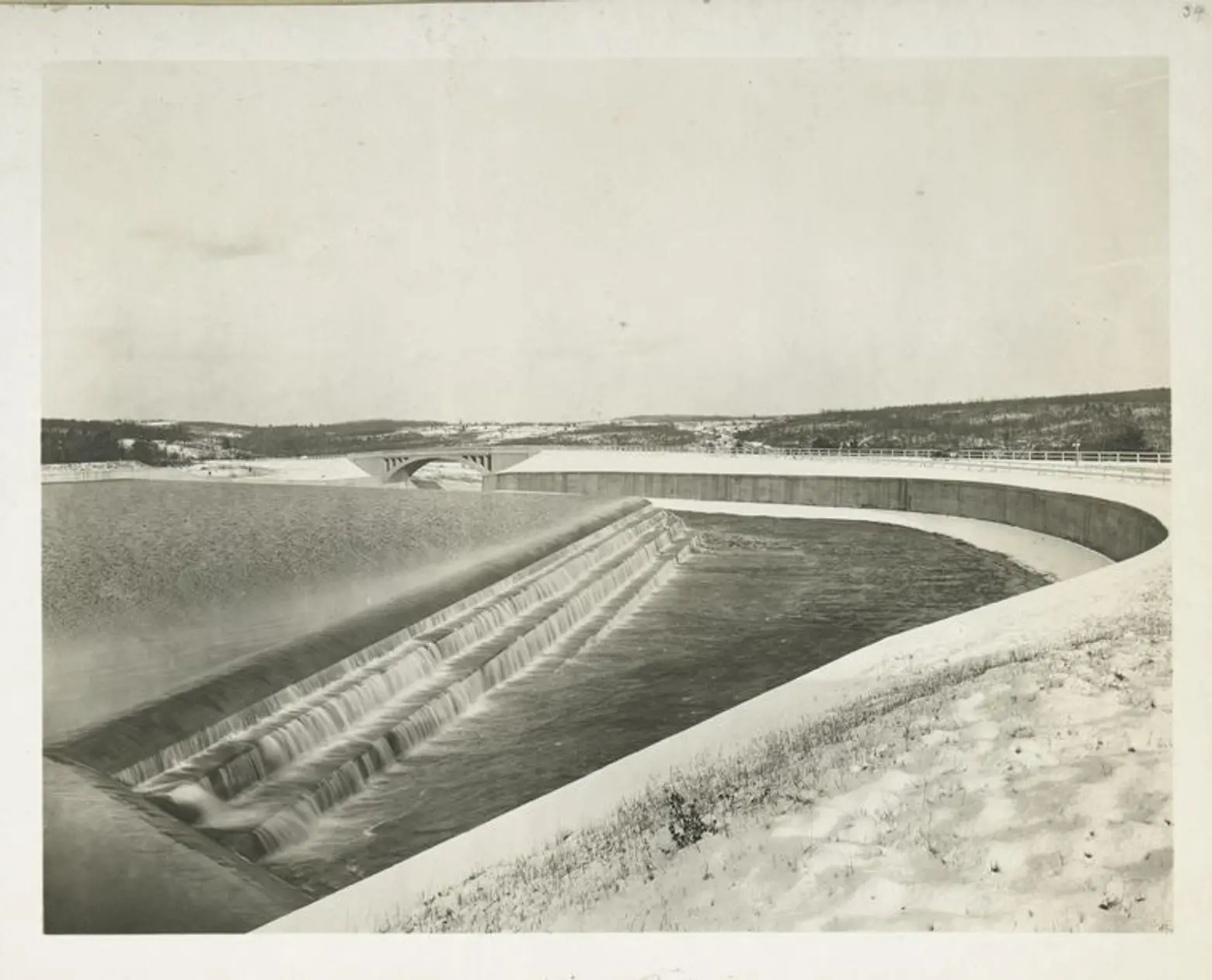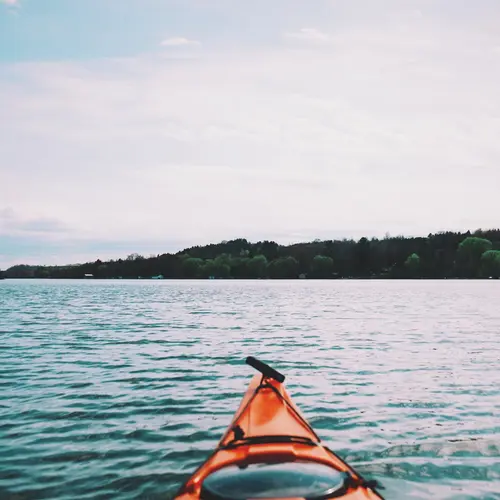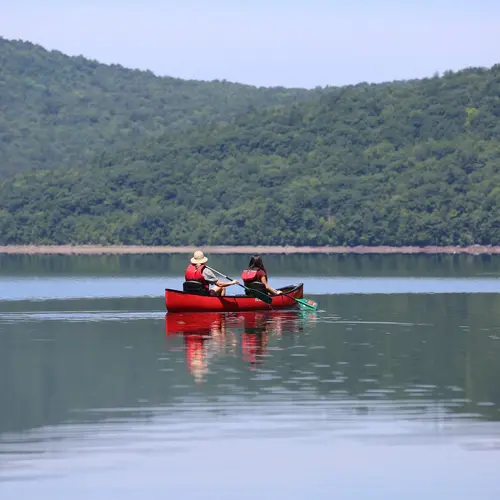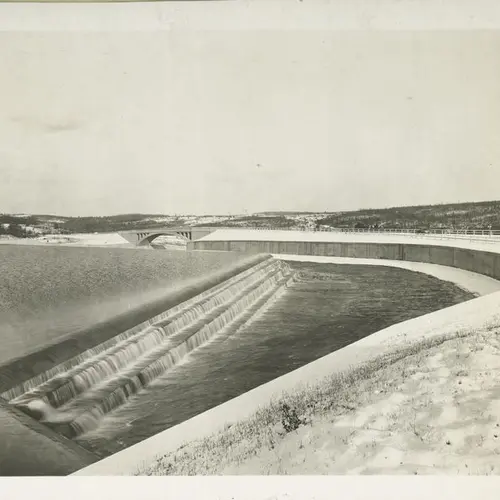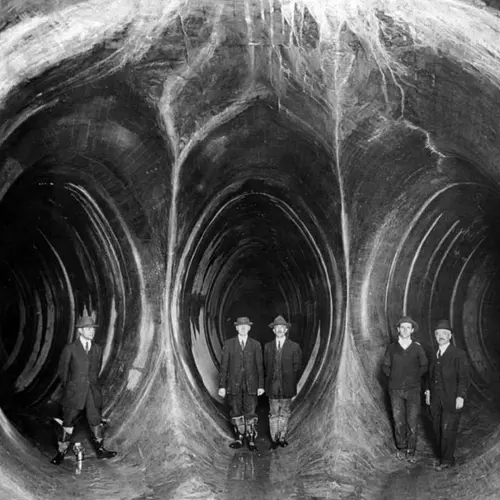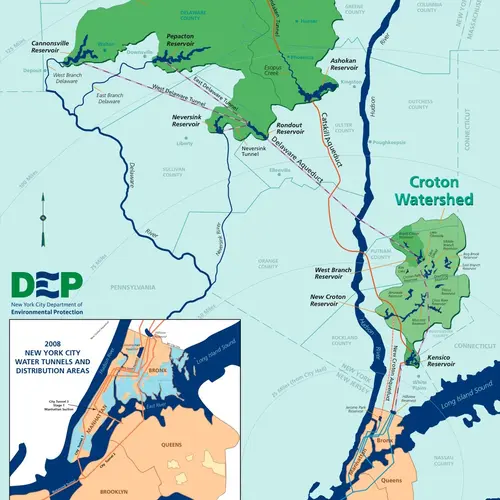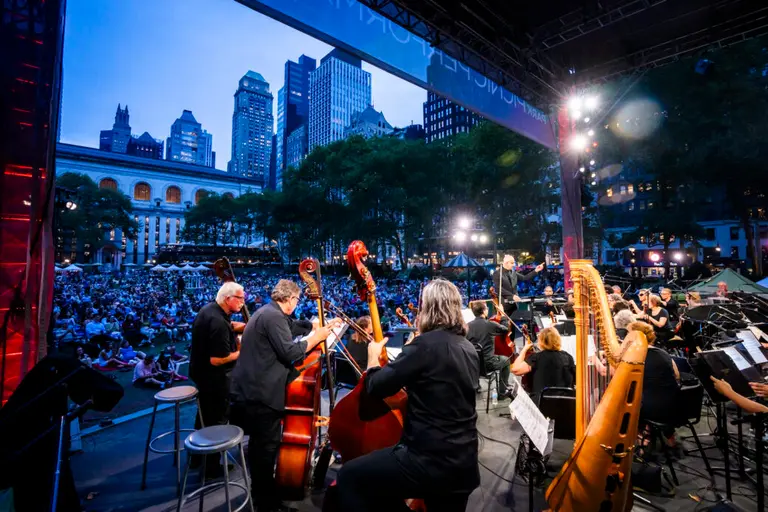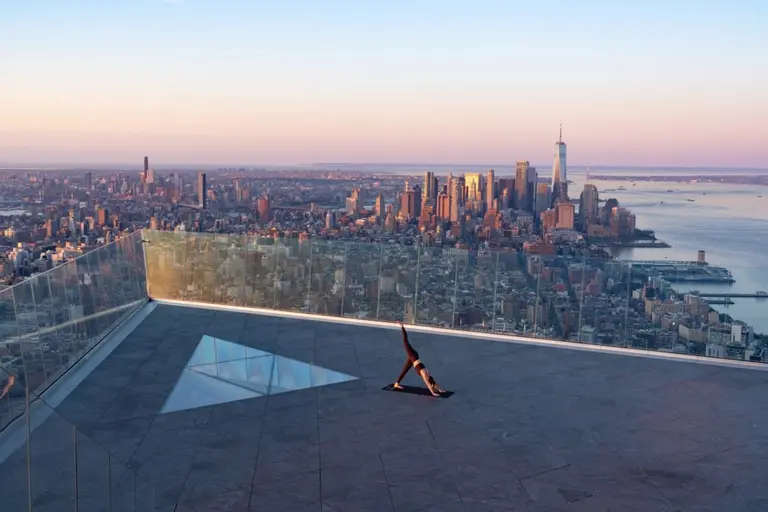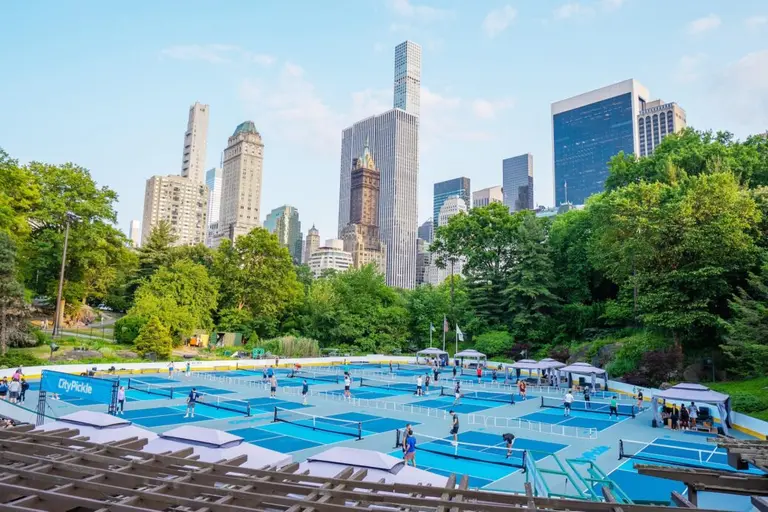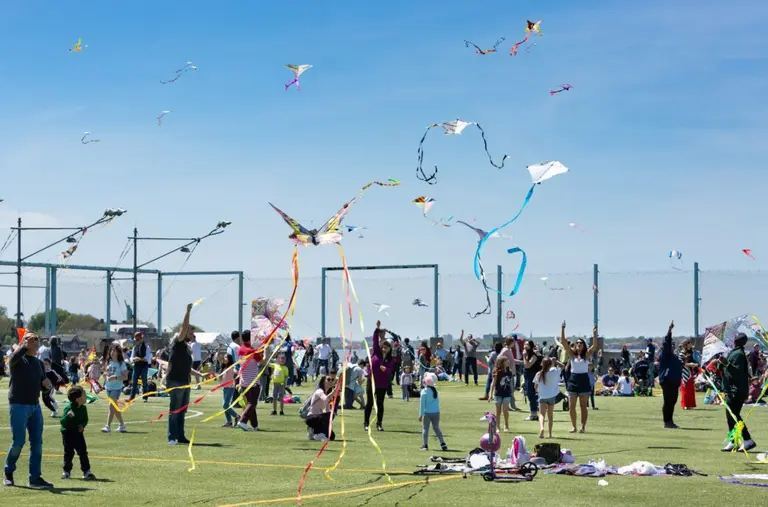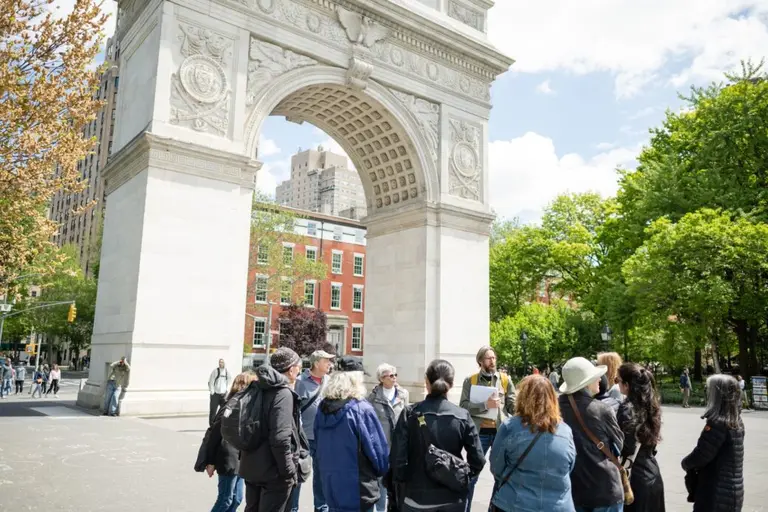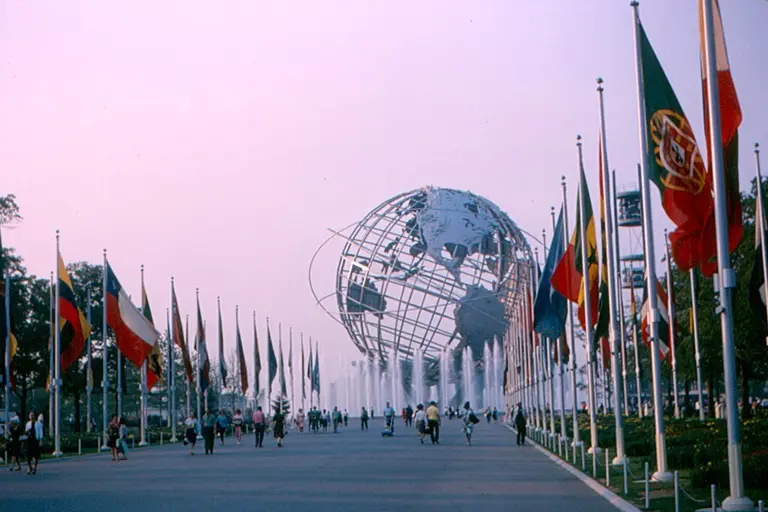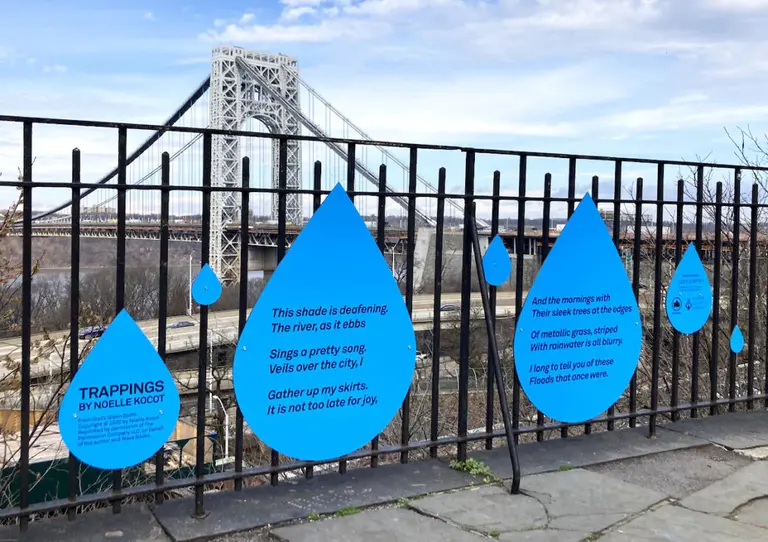How to kayak or canoe across a NYC water reservoir (GUIDE)
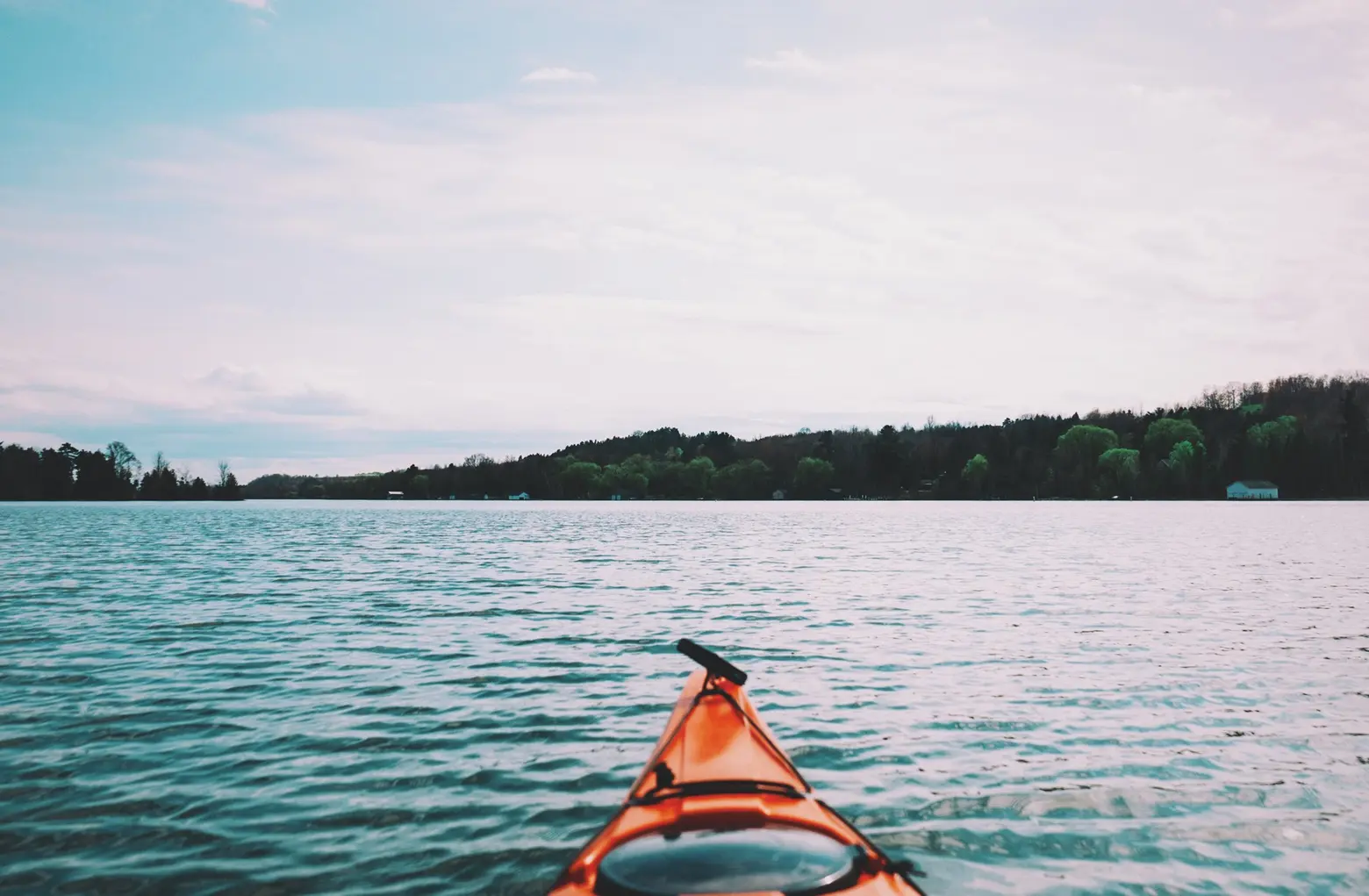
Image via Pexels
On average, New Yorkers use a staggering 1 billion gallons of water per day, but unlike people in many other U.S. cities, they don’t need to worry about their taps running dry. Over a century ago, city engineers devised a plan to ensure the city would have ample water and that the supply would meet the growing needs of the city over time. Today, the city’s century-old reservoir system continues to supply New Yorkers with clean water year round. For outdoorsy residents, the city’s water supply also serves another surprising purpose. Located just over two hours north of the city limits, the reservoirs are also an increasingly popular place to canoe and kayak without the distraction of motorized water vehicles and cottagers.
Ashokan Reservoir. Waste weir and upper end of Spillway leading to Esopus creek. December 1916. Image courtesy of the NYPL
The history of New York City’s reservoirs
By the mid nineteenth century, New York City’s internal water sources were already proving ill equipped to meet the needs of the city’s rapidly expanding population. This led the City to start diverting water from the Croton River in Westchester County. An aqueduct, which had a capacity to deliver 90 million gallons per day, was built to carry water into two reservoirs located within the city limits. By the late nineteenth century, however, city engineers were again looking for additional water sources, which would soon lead them to the pristine Catskill region north of the city.
By 1915, the Catskill System, which includes the Ashokan Reservoir and Catskill Aqueduct, was completed. This system was later expanded to include the Schoharie Reservoir and Shandaken Tunnel. Over the coming decades, the City’s water system continued to expand to draw water from the headwaters of the Delaware River and later from several other reservoirs located upstate, including the Rondout Reservoir, Neversink Reservoir, Pepacton Reservoir, and Cannonsville Reservoir.
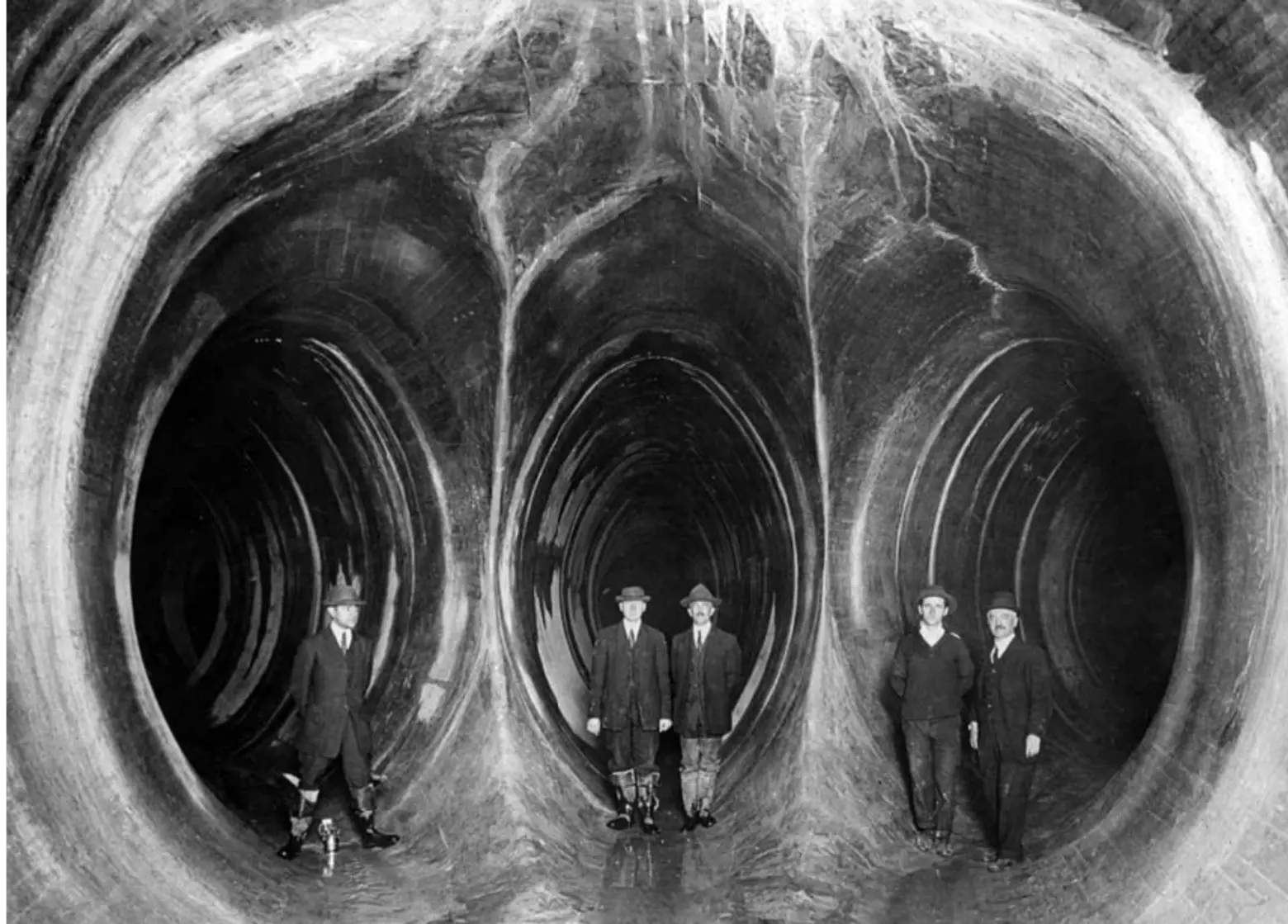 Catskill Aqueduct, showing interior division into three channels for siphon connections. 1923. Image via New York State Archives
Catskill Aqueduct, showing interior division into three channels for siphon connections. 1923. Image via New York State Archives
Unlike most public water systems, New York City’s system is unique. First, the majority of New York City’s water (95 percent) is delivered by gravity through a series of aqueducts rather than pumped up out of the ground. This means that the water supply operates without overreliance on other energy sources, which in turn lowers operating costs and mitigates environmental damage. Second, city residents with any lingering doubts about their water source can inspect it in person. Since 2011, the Department of Environmental Protection (DEP) has run a seasonal Recreational Boating Program on four of the water system’s major reservoirs.
How to kayak or canoe on a water reservoir
Cynical New Yorkers often assume that their water comes from a cesspool full of garbage. In fact, nothing could be further from the truth. The City’s water reservoirs are pristine sanctuaries cut off from residential development, industry, and even farming. Despite the great efforts made to protect the city’s water supply, however, one can now legally canoe or kayak on at least some of the reservoirs—that is if they follow a few basic rules.
First, don’t expect to simply show up and launch your boat. You can only paddle on certain reservoirs in the City’s water system and only with a DEP permit in a boat that meets DEP’s standards. While the DEP’s rules for recreational boating may appear daunting at first glance, don’t be intimated. If you plan ahead, the process is simple, and the experience is rewarding enough to make the effort worth while.
Step 1: Choose your reservoir
Only four of New York City’s water reservoirs are open for recreational boating. These include Schoharie, Neversink, Pepacton, and Cannonsville. Every reservoir is unique, but if you’re hoping to go on a day trip, Neversink, located in Sullivan County, is likely your best bet. In good traffic, one can make it from Manhattan to Neversink in just over two hours.
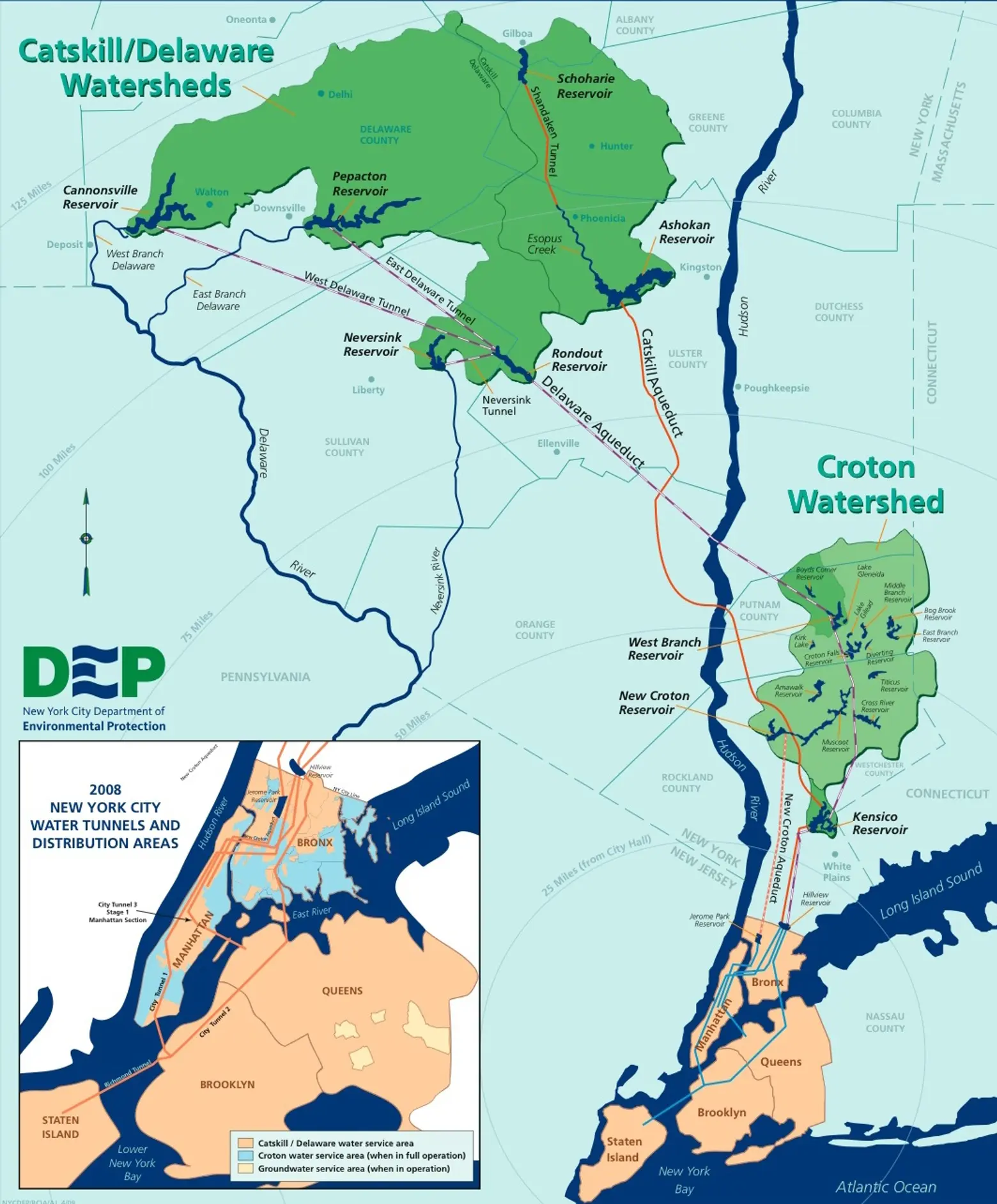 Map via NYC Department of Environmental Protection
Map via NYC Department of Environmental Protection
Step 2: Get a DEP access permit
If you want to paddle on the city’s water supply, you’ll need a permit. There is no cost, and there is no test to acquire the permit, but you must have a permit to paddle. You can apply for a new permit on the DEP’s website.
Step 3: Rent a kayak or canoe
If you don’t have a boat, you’ll need to rent one, and it is highly advised that you do this from one of the many outfitters located near one of the DEP’s designated recreational boating reservoirs. If you head to Neversink in Sullivan County, for example, you can rent a steam-cleaned kayak from Bradley Boat Rentals (expect to pay $25 to $25 for a half day or to $25 to $50 for full day rental). The friendly staff will also bring you to the launch site on the Neversink Reservoir, and if you have never paddled before or haven’t paddled in years, they will even give you a quick refresher course to ensure you know how to paddle and steer your vessel before pushing off shore.
Step 4: Steam clean your own boat
If you’re among that rare breed of New Yorker who happens to own your own kayak, canoe or row boat, download your DEP Recreational Boat Tag Application, pull your boat out of storage, and head for a DEP-approved boat steam-cleaning facility. Notably, if you keep your boat on a reservoir all summer, you’ll only need to steam clean it once. If you transport your boat to another location, however, you’ll need to repeat the process. Check the DEP’s website for maps and directions to launch sites.
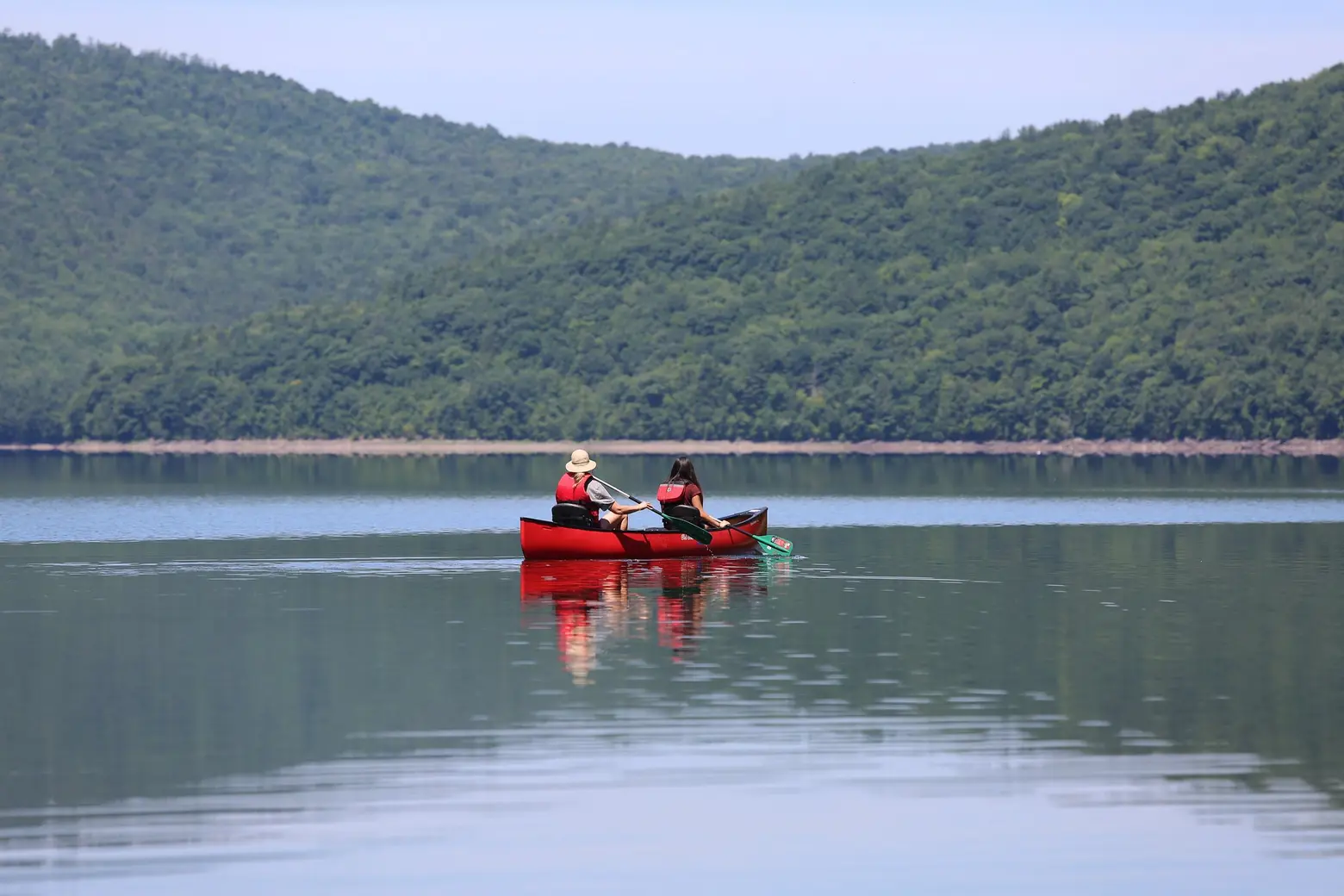 Image via NYC Department of Environmental Protection
Image via NYC Department of Environmental Protection
Step 5: Enjoy the tranquility of the city’s water reservoirs
With no motorized boats, no cottages, and no industry or farming permitted, the city’s water reservoirs and surrounding watersheds offer a great reprieve from the noise, pollution, and congestion of New York City. In fact, if you choose to visit a reservoir on a weekday, you may paddle for hours without seeing another person. In the process, you’ll have lots of time to reflect on the water you rely on every day as a New Yorker and gain a new appreciation for the city planners whose foresight over a century ago made the city’s water system possible and sustainable.
RELATED:
- How Aaron Burr gave the city a faulty system of wooden water mains
- NYC Water 101: From the Catskill Aqueduct and Robotic Measurements to Your Tap
- Everything you need to know about houseboat living in NYC, from finding a boat to securing a slip
